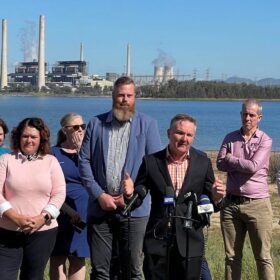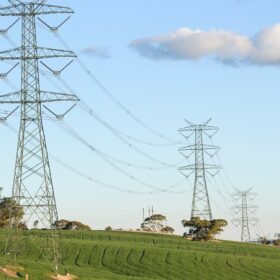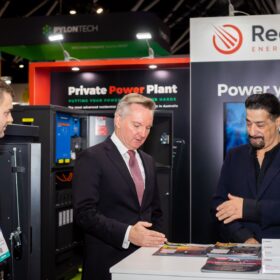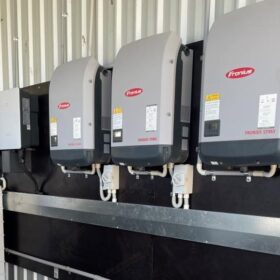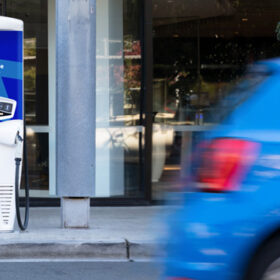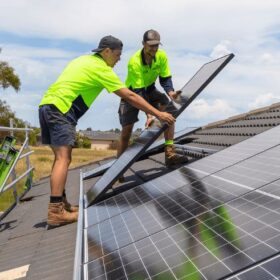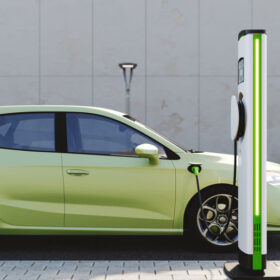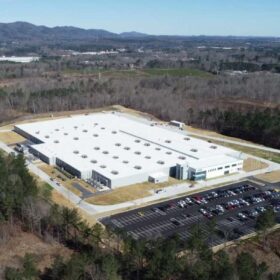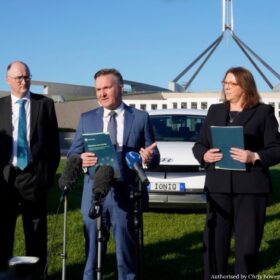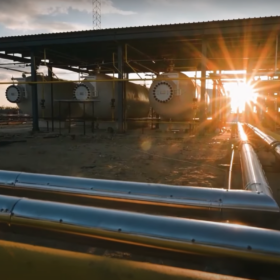Feds launch national body to seize clean energy opportunities
A new national authority to help plan and coordinate Australia’s transition from fossil fuel production and associated industries to a renewables dominated economy has been unveiled ahead of next week’s Federal Budget.
AMEC targets social licence with transmission planning reform
The Australian Energy Market Commission says the regulatory process for new transmission network projects must be overhauled to strengthen social licence and speed up the multi-billion-dollar expansion of the grid that is critical to the transition from coal to renewables.
Bowen says Budget will back energy storage investment mechanism
Australia’s energy minister has revealed the upcoming Federal Budget will include support for a new revenue underwriting mechanism that is expected to unlock billions of dollars of renewable energy investment and “gigawatts of power” to support the ongoing decarbonisation of the grid.
Budget to deliver $314 million tax cuts to help drive energy transition
Almost four million small and medium-size businesses are set to share in more than $300 million (USD 199 million) in tax cuts with the federal government announcing a new initiative for Australian businesses that invest in electrification and more sustainable and efficient energy systems, including solar and battery energy storage.
Funding partnership to build national EV fast-charging network
Australians will be able to charge their electric vehicles in more rural and regional locations with the federal government announcing it will partner with motoring group NRMA to build a ‘backbone’ nation-wide network of fast-charging sites on major highways across the country by 2025.
Victoria mandates new standards for solar and battery retailers
Solar and battery retailers in Victoria will have to abide by a new consumer protection standards after the state government announced it will mandate a new stronger code that builds on the previous guidelines and expands them to include new energy technology including electric vehicle chargers.
Feds roll out funding programs aimed at accelerating EV uptake
The federal government has followed the release of its first electric vehicle strategy with a flurry of funding commitments designed to drive an increase in the number of zero-emission cars on Australian roads and in turn decarbonise the nation’s transport system.
US Inflation Reduction Act triggers plans for 46 factories, says industry group
Since the passage of the US Inflation Reduction Act (IRA) last August, the utility-scale clean power sector has announced USD 150 billion ($223b) in funding, 46 new manufacturing facilities, and nearly 20,000 new jobs, according to the American Clean Power Association.
A plan to make a plan: Australia’s National Electric Vehicle Strategy unveiled
The Albanese government’s National Electric Vehicle (EV) Strategy includes just five new initiatives, four of which are still in the “development” or “preparation” stages. While there is a general sentiment the 56-page strategy is ‘a step in the right direction,’ numerous stakeholders have already pointed to its glaring omissions.
Australia tries to boost hydrogen competitiveness
Finance consultancy explains in a new report that the levelised cost of green hydrogen (LCOH) is well below USD 2/kg with subsidies. Using either PEM and alkaline electrolysers, green hydrogen normally has a lower levelised cost than pink hydrogen. Meanwhile, Australian authorities are trying to increase the competitiveness of the local hydrogen sector, and car companies are updating their fuel cell plans.
